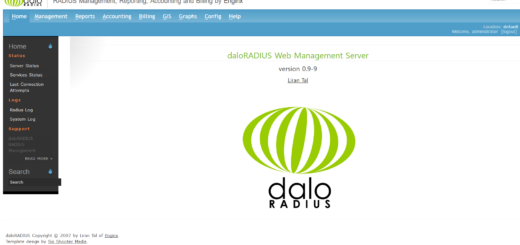Graylog 2 – Debian 8
Debian installation
This guide describes the fastest way to install Graylog on Debian Linux 9 (Stretch). All links and packages are present at the time of writing but might need to be updated later on.
Warning
This setup should not be done on publicly exposed servers. This guide does not cover security settings!
Prerequisites
If you’re starting from a minimal server setup, you will need to install these additional packages:
MongoDB
The version of MongoDB included in Debian Jessie is recent enough to be used with Graylog 2.3.x and higher:
Elasticsearch
Graylog 2.4.x should be used with Elasticsearch 5.x, please follow the installation instructions from the Elasticsearch installation guide:
Make sure to modify the Elasticsearch configuration file (/etc/elasticsearch/elasticsearch.yml) and set the cluster name to graylog additionally you need to uncomment (remove the # as first character) the line:
After you have modified the configuration, you can start Elasticsearch:
Graylog
Now install the Graylog repository configuration and Graylog itself with the following commands:
Follow the instructions in your /etc/graylog/server/server.conf and add password_secret and root_password_sha2. These settings are mandatory and without them, Graylog will not start!
You need to use the following command to create your root_password_sha2:
To be able to connect to Graylog you should set rest_listen_uri and web_listen_uri to the public host name or a public IP address of the machine you can connect to. More information about these settings can be found in Configuring the web interface.
Note
If you’re operating a single-node setup and would like to use HTTPS for the Graylog web interface and the Graylog REST API, it’s possible to use NGINX or Apache as a reverse proxy.
The last step is to enable Graylog during the operating system’s startup:
The next step is to ingest messages into your Graylog and extract the messages with extractors or use the Pipelines to work with the messages.
Multiple Server Setup
If you plan to have multiple server taking care of different roles in your cluster like we have in this big production setup you need to modify only a few settings. This is covered in our Multi-node Setup guide. The default file location guide will give you the file you need to modify in your setup.
Feedback
Please file a bug report in the GitHub repository for the operating system packages if you run into any packaging related issues.
If you found this documentation confusing or have more questions, please open an issue in the Github repository for the documentation.




Commentaires récents